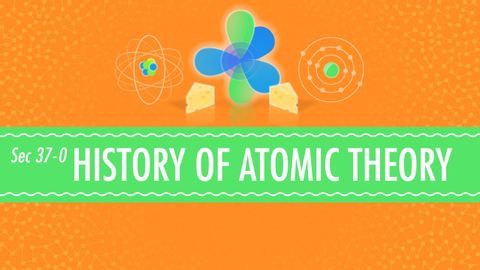
Subtitles & vocabulary
The History of Atomic Chemistry: Crash Course Chemistry #37
00
Ieng Fei posted on 2016/05/08Save
Video vocabulary
positive
US /ˈpɑzɪtɪv/
・
UK /ˈpɒzətɪv/
- Adjective
- Showing agreement or support for something
- Being sure about something; knowing the truth
- Noun
- A photograph in which light areas are light and dark areas are dark
A2
More charge
US /tʃɑrdʒ/
・
UK /tʃɑ:dʒ/
- Verb (Transitive/Intransitive)
- To run quickly toward someone to attack them
- To ask for money as a price for a service or goods
- Noun (Countable/Uncountable)
- An attack by running quickly toward someone
- A price for a service or goods
A2
More theory
US /ˈθiəri, ˈθɪri/
・
UK /ˈθiəri/
- Noun (Countable/Uncountable)
- Ideas or principles that explain facts or events
- An idea or belief about something
A2TOEIC
More particle
US /ˈpɑrtɪkəl/
・
UK /ˈpɑ:tɪkl/
- Noun
- Adverb or preposition that joins with a verb
- Tiny piece or quantity of something
B1
More Use Energy
Unlock All Vocabulary
Unlock pronunciation, explanations, and filters
